Ahmed Abdelgawad
Big Data and Deep Learning in Smart Cities: A Comprehensive Dataset for AI-Driven Traffic Accident Detection and Computer Vision Systems
Jan 07, 2024Abstract:In the dynamic urban landscape, where the interplay of vehicles and pedestrians defines the rhythm of life, integrating advanced technology for safety and efficiency is increasingly crucial. This study delves into the application of cutting-edge technological methods in smart cities, focusing on enhancing public safety through improved traffic accident detection. Action recognition plays a pivotal role in interpreting visual data and tracking object motion such as human pose estimation in video sequences. The challenges of action recognition include variability in rapid actions, limited dataset, and environmental factors such as (Weather, Illumination, and Occlusions). In this paper, we present a novel comprehensive dataset for traffic accident detection. This datasets is specifically designed to bolster computer vision and action recognition systems in predicting and detecting road traffic accidents. We integrated datasets from wide variety of data sources, road networks, weather conditions, and regions across the globe. This approach is underpinned by empirical studies, aiming to contribute to the discourse on how technology can enhance the quality of life in densely populated areas. This research aims to bridge existing research gaps by introducing benchmark datasets that leverage state-of-the-art algorithms tailored for traffic accident detection in smart cities. These dataset is expected to advance academic research and also enhance real-time accident detection applications, contributing significantly to the evolution of smart urban environments. Our study marks a pivotal step towards safer, more efficient smart cities, harnessing the power of AI and machine learning to transform urban living.
AI on the Road: A Comprehensive Analysis of Traffic Accidents and Accident Detection System in Smart Cities
Jul 22, 2023Abstract:Accident detection and traffic analysis is a critical component of smart city and autonomous transportation systems that can reduce accident frequency, severity and improve overall traffic management. This paper presents a comprehensive analysis of traffic accidents in different regions across the United States using data from the National Highway Traffic Safety Administration (NHTSA) Crash Report Sampling System (CRSS). To address the challenges of accident detection and traffic analysis, this paper proposes a framework that uses traffic surveillance cameras and action recognition systems to detect and respond to traffic accidents spontaneously. Integrating the proposed framework with emergency services will harness the power of traffic cameras and machine learning algorithms to create an efficient solution for responding to traffic accidents and reducing human errors. Advanced intelligence technologies, such as the proposed accident detection systems in smart cities, will improve traffic management and traffic accident severity. Overall, this study provides valuable insights into traffic accidents in the US and presents a practical solution to enhance the safety and efficiency of transportation systems.
A Deep Analysis of Transfer Learning Based Breast Cancer Detection Using Histopathology Images
Apr 11, 2023



Abstract:Breast cancer is one of the most common and dangerous cancers in women, while it can also afflict men. Breast cancer treatment and detection are greatly aided by the use of histopathological images since they contain sufficient phenotypic data. A Deep Neural Network (DNN) is commonly employed to improve accuracy and breast cancer detection. In our research, we have analyzed pre-trained deep transfer learning models such as ResNet50, ResNet101, VGG16, and VGG19 for detecting breast cancer using the 2453 histopathology images dataset. Images in the dataset were separated into two categories: those with invasive ductal carcinoma (IDC) and those without IDC. After analyzing the transfer learning model, we found that ResNet50 outperformed other models, achieving accuracy rates of 90.2%, Area under Curve (AUC) rates of 90.0%, recall rates of 94.7%, and a marginal loss of 3.5%.
LCDctCNN: Lung Cancer Diagnosis of CT scan Images Using CNN Based Model
Apr 10, 2023



Abstract:The most deadly and life-threatening disease in the world is lung cancer. Though early diagnosis and accurate treatment are necessary for lowering the lung cancer mortality rate. A computerized tomography (CT) scan-based image is one of the most effective imaging techniques for lung cancer detection using deep learning models. In this article, we proposed a deep learning model-based Convolutional Neural Network (CNN) framework for the early detection of lung cancer using CT scan images. We also have analyzed other models for instance Inception V3, Xception, and ResNet-50 models to compare with our proposed model. We compared our models with each other considering the metrics of accuracy, Area Under Curve (AUC), recall, and loss. After evaluating the model's performance, we observed that CNN outperformed other models and has been shown to be promising compared to traditional methods. It achieved an accuracy of 92%, AUC of 98.21%, recall of 91.72%, and loss of 0.328.
Speech Emotion Recognition using Supervised Deep Recurrent System for Mental Health Monitoring
Aug 26, 2022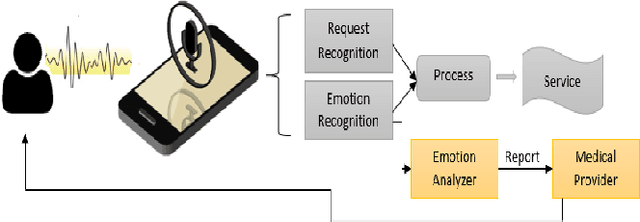
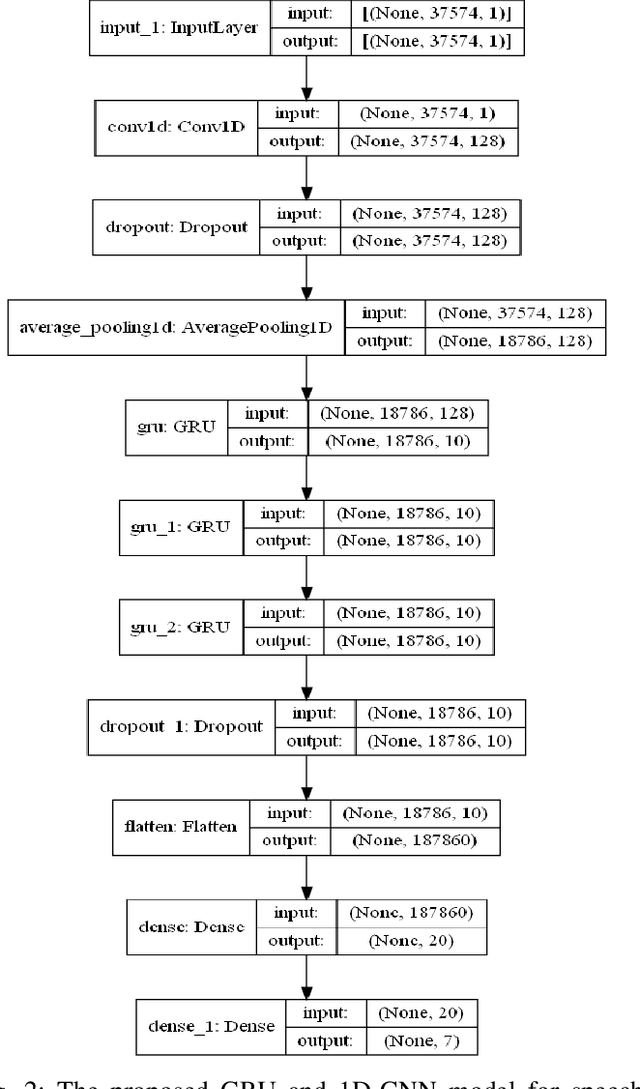
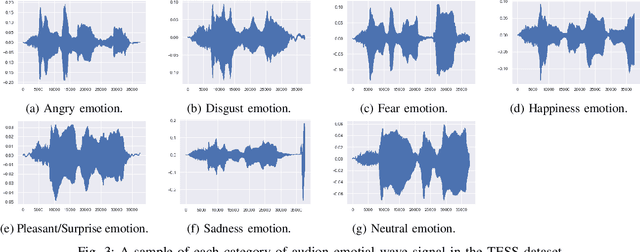
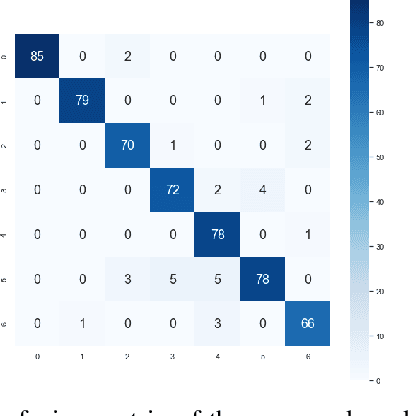
Abstract:Understanding human behavior and monitoring mental health are essential to maintaining the community and society's safety. As there has been an increase in mental health problems during the COVID-19 pandemic due to uncontrolled mental health, early detection of mental issues is crucial. Nowadays, the usage of Intelligent Virtual Personal Assistants (IVA) has increased worldwide. Individuals use their voices to control these devices to fulfill requests and acquire different services. This paper proposes a novel deep learning model based on the gated recurrent neural network and convolution neural network to understand human emotion from speech to improve their IVA services and monitor their mental health.
Review on Action Recognition for Accident Detection in Smart City Transportation Systems
Aug 20, 2022
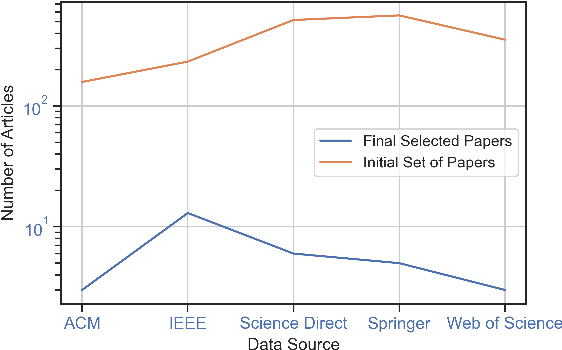
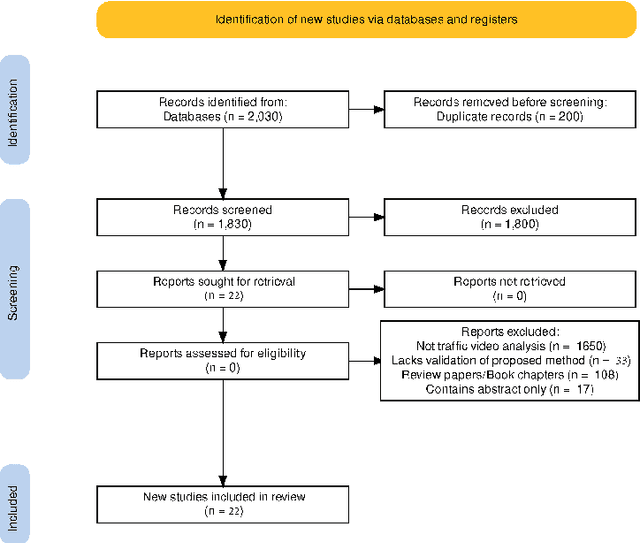
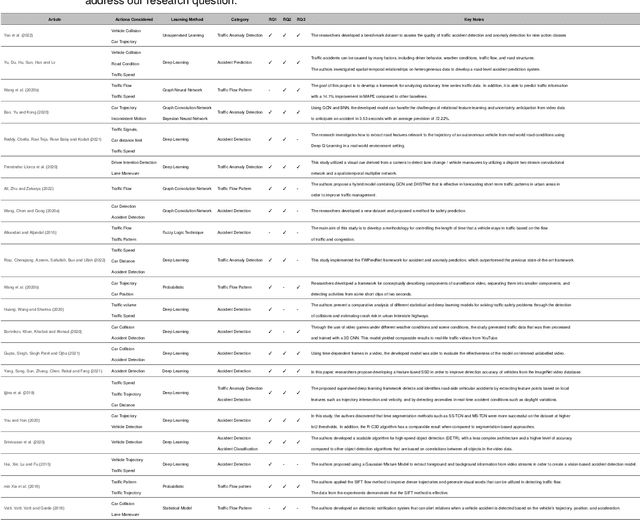
Abstract:Action detection and public traffic safety are crucial aspects of a safe community and a better society. Monitoring traffic flows in a smart city using different surveillance cameras can play a significant role in recognizing accidents and alerting first responders. The utilization of action recognition (AR) in computer vision tasks has contributed towards high-precision applications in video surveillance, medical imaging, and digital signal processing. This paper presents an intensive review focusing on action recognition in accident detection and autonomous transportation systems for a smart city. In this paper, we focused on AR systems that used diverse sources of traffic video capturing, such as static surveillance cameras on traffic intersections, highway monitoring cameras, drone cameras, and dash-cams. Through this review, we identified the primary techniques, taxonomies, and algorithms used in AR for autonomous transportation and accident detection. We also examined data sets utilized in the AR tasks, identifying the main sources of datasets and features of the datasets. This paper provides potential research direction to develop and integrate accident detection systems for autonomous cars and public traffic safety systems by alerting emergency personnel and law enforcement in the event of road accidents to minimize human error in accident reporting and provide a spontaneous response to victims
 Add to Chrome
Add to Chrome Add to Firefox
Add to Firefox Add to Edge
Add to Edge